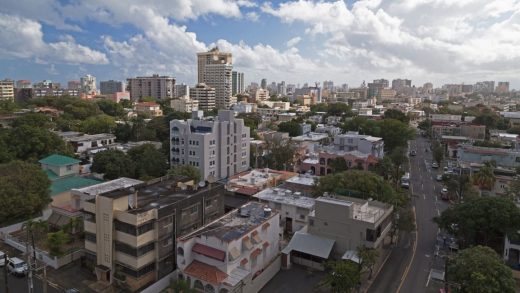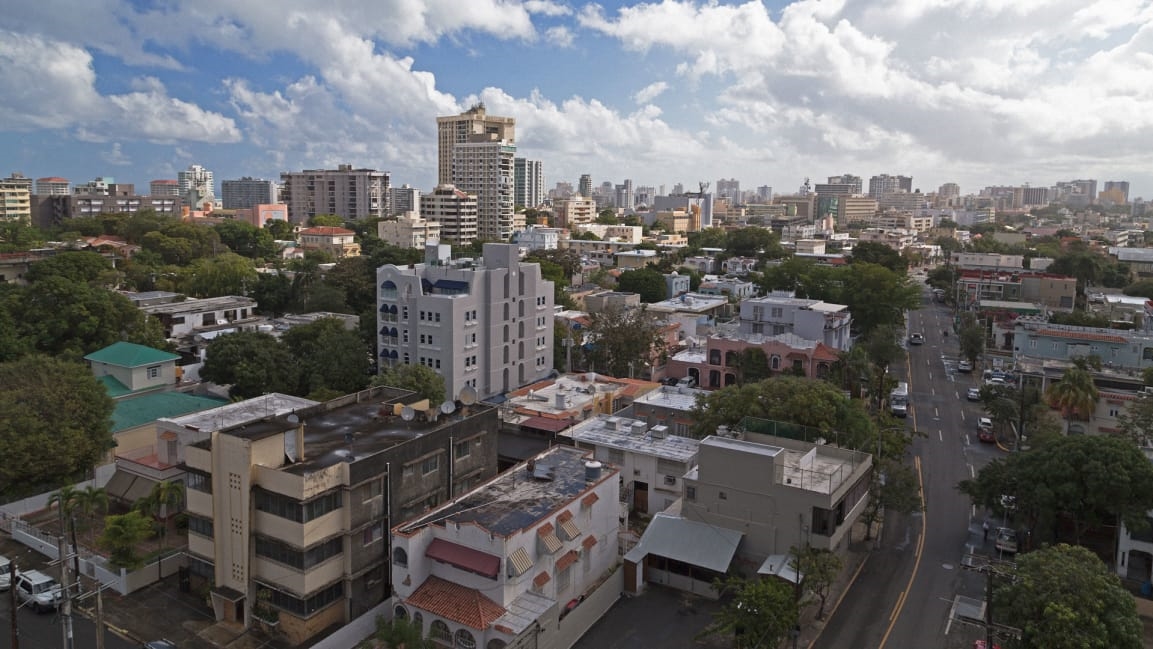After Hurricane Maria, Puerto Rico may shift to 100% renewable energy
After Hurricane Maria decimated Puerto Rico’s power grid, causing the longest blackout in U.S. history, it ignited a new push for renewable energy–a solution that could be more resilient in future storms and avoid the emissions that are making hurricanes worse. Now, lawmakers want to make it official: Today, the Puerto Rico House and Senate are holding a joint hearing to consider a bill that would transition the island to 100% renewables.
The bill calls for 20% renewable electricity by 2025, 50% by 2040, and 100% by 2050. California recently passed a similar bill, with a goal of 100% renewables by 2045. Hawaii passed a similar law in 2015, and this June, added another law with the goal of becoming fully carbon neutral.
In Puerto Rico, there were clear arguments for renewables even before the storm. The grid was already unreliable, and blackouts were common. Importing fossil fuels to the island is expensive, and electricity cost twice as much as it does on the mainland. The island has both abundant sunshine and wind. Maria made the case even stronger to switch to those power sources.
“It changed everything,” says Javier Rua-Jovet, who lives in San Juan and now works as director of public policy in Puerto Rico for SunRun, the solar power company, which entered the market there this year because of the demand for solar power and battery storage systems. “People were hurled back from the first world to the third world in terms of energy.”
Rua-Jovet’s own electricity was out for a relatively short two months (for some others, the blackout lasted nine months), but he spent around $1,700 on fuel for a generator during that time. Others suffered significantly more–some people died because they didn’t have the power to run a respirator or dialysis machine. It became clear to everyone, he says, that the energy paradigm needed to change. Long transmission lines crossing mountains, vulnerable in storms could be replaced by a more resilient system with energy distributed in many locations.
After Maria, SunRun, along with companies like Sonnen and Tesla, installed small solar microgrids–solar panels plus batteries to store the power–at sites like hospitals and fire stations. The systems worked, and have continued to work during more recent temporary blackouts. That helped bolster the political case for more microgrids, which the new bill supports as part of the shift away from fossil fuels. It’s also designed to support “prosumers,” consumers who can install rooftop solar systems and then sell excess power to the grid and their neighbors. Some disaster funding from the federal government may help homeowners buy panels. (A request from Puerto Rico to HUD currently asks for $100 million to go to solar power and storage.)
The storm “created broad consensus across the political spectrum,” says Rua-Jovet. “We have a pro-renewables governor. We have a pro-renewables Senate.” He’s optimistic that the bill will pass.
(6)



